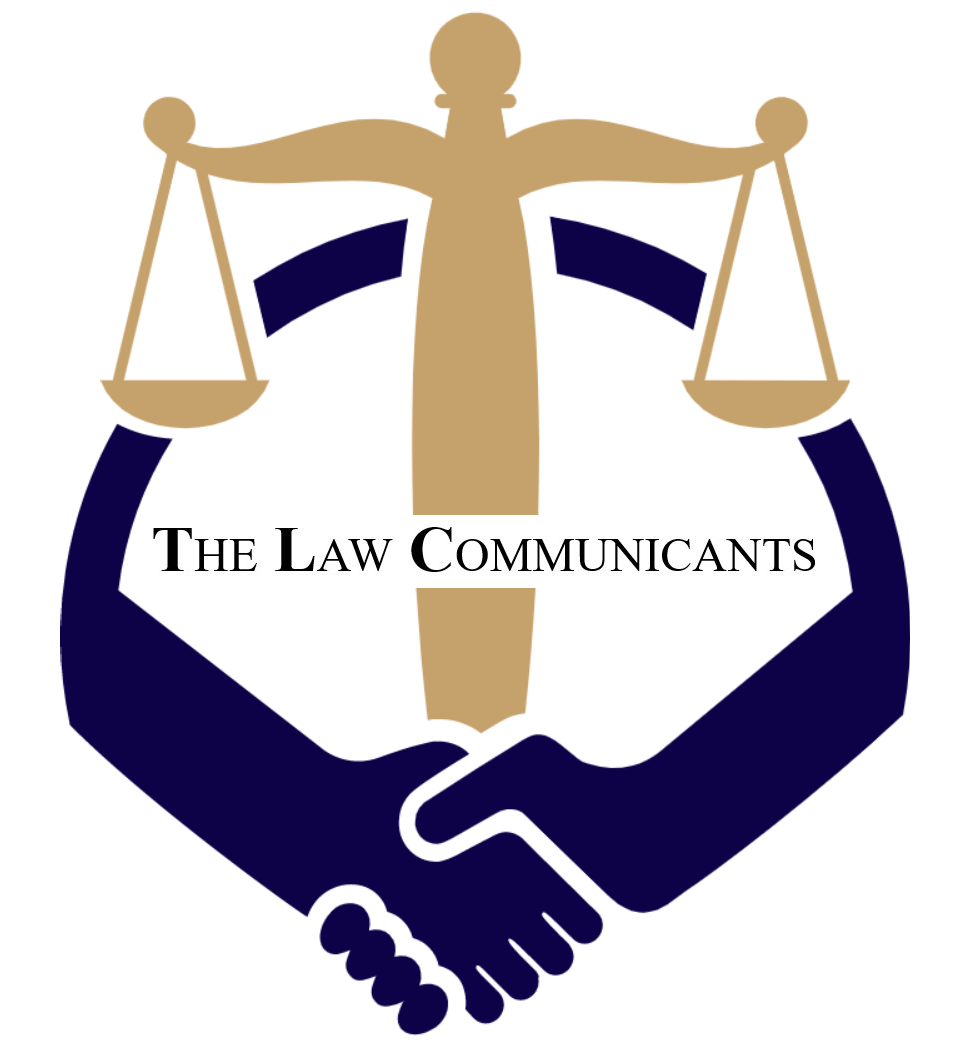AI-Driven Surveillance & the Right to Privacy under International Human Rights Law
Written by Mahima Chopra
Table of Contents
- Introduction
- Understanding AI-Driven Surveillance
- The Right to Privacy under International Human Rights Law
- Legal Challenges Posed by AI Surveillance
- Key International Cases and Precedents
- Emerging Global Norms and Principles
- India and the Global South: Unique Challenges
- Recommendations and the Way Forward
- Conclusion
Introduction
The rise of artificial intelligence (AI) has revolutionized the capabilities of surveillance technologies worldwide. Governments, corporations, and security agencies now deploy AI-driven systems such as facial recognition, biometric scanners, predictive policing tools, and mass data analysis to monitor public behavior, maintain order, and predict potential threats. While such technologies can enhance national security and law enforcement efficiency, they also raise profound concerns regarding the right to privacy, a cornerstone of international human rights law.
The deployment of AI-powered surveillance systems—often opaque, unregulated, and lacking public oversight—poses risks of mass surveillance, arbitrary intrusion, discrimination, and chilling effects on civil liberties. This article explores the intersection between AI-driven surveillance technologies and the right to privacy under international human rights law, analyzing legal frameworks, landmark cases, and emerging regulatory challenges.
Understanding AI-Driven Surveillance
AI-driven surveillance refers to the use of artificial intelligence algorithms to collect, process, analyze, and act on surveillance data. Key components include:
- Facial recognition and biometric identification
- Real-time video and audio analytics
- Automated license plate recognition
- Predictive policing based on behavioral patterns
- Social media and online activity monitoring
- AI-enhanced drones and CCTV systems
These technologies allow for the real-time and retrospective monitoring of individuals, often without their knowledge or consent.
The Right to Privacy under International Human Rights Law
The right to privacy is enshrined in multiple international legal instruments:
1. Article 12 – Universal Declaration of Human Rights (UDHR, 1948):
“No one shall be subjected to arbitrary interference with his privacy, family, home or correspondence…”
2. Article 17 – International Covenant on Civil and Political Rights (ICCPR, 1966):
“No one shall be subjected to arbitrary or unlawful interference with his privacy, family, home or correspondence…”
This right is binding on all State parties to the ICCPR, which includes the vast majority of UN members.
3. Article 8 – European Convention on Human Rights (ECHR):
“Everyone has the right to respect for his private and family life, his home and his correspondence.”
While these rights are not absolute, any limitation must be:
- Lawful: Prescribed by law with clear and accessible standards.
- Necessary: Serving a legitimate aim (e.g., national security, public safety).
- Proportionate: Balancing the interference with the importance of the aim.
Legal Challenges Posed by AI Surveillance
1. Lack of Transparency and Oversight
AI surveillance systems are often developed and deployed without public knowledge or consent. Proprietary algorithms are treated as trade secrets, limiting transparency and judicial scrutiny.
- Citizens often don’t know they are being surveilled or how their data is used.
- Courts and regulators may struggle to assess the legality of “black box” AI systems.
2. Risk of Arbitrary and Mass Surveillance
AI enables mass and indiscriminate data collection, undermining the principle that surveillance must be targeted and proportionate.
- Facial recognition cameras in public places can continuously scan all individuals.
- Predictive policing tools may surveil entire communities based on flawed data.
Such practices may violate the “necessity and proportionality” requirements under human rights law.
3. Discrimination and Bias
AI systems trained on biased or incomplete data can reinforce and amplify existing social prejudices, resulting in discriminatory surveillance practices, especially against marginalized communities.
- For example, facial recognition algorithms have shown higher error rates for women and people of color.
- Predictive policing tools may disproportionately target minority neighborhoods.
This can lead to violations of both the right to privacy and the right to equality and non-discrimination (Article 26 of ICCPR).
4. Chilling Effect on Fundamental Freedoms
Widespread surveillance can have a chilling effect on the rights to:
- Freedom of expression (Article 19 of ICCPR)
- Freedom of assembly (Article 21)
- Freedom of association (Article 22)
People may self-censor or avoid protests, political activity, or certain online content due to fear of being watched.
Key International Cases and Precedents
1. Digital Rights Ireland v. Ireland (CJEU, 2014)
The Court of Justice of the European Union (CJEU) struck down the EU Data Retention Directive, ruling that blanket retention of telecommunications data without adequate safeguards violated the right to privacy.
2. Big Brother Watch v. United Kingdom (ECtHR, 2021)
The European Court of Human Rights (ECtHR) ruled that the UK’s mass surveillance regime violated Article 8 of the ECHR due to lack of oversight and safeguards.
3. UN High Commissioner for Human Rights Report (2021)
A landmark UN report warned that the use of AI for surveillance poses serious threats to privacy and recommended a moratorium on the sale and use of AI systems like facial recognition until human rights safeguards are in place.
Emerging Global Norms and Principles
1. UN Guiding Principles on Business and Human Rights (UNGPs)
These principles emphasize the responsibility of technology companies to respect human rights, including privacy, and conduct human rights impact assessments before deploying surveillance tools.
2. OECD Principles on AI (2019)
These principles stress that AI systems must be transparent, accountable, and respect the rule of law and human rights.
3. UNESCO’s Recommendation on the Ethics of AI (2021)
It is the first global standard on AI ethics adopted by 193 countries, emphasizing human rights-based governance, fairness, and non-discrimination.
India and the Global South: Unique Challenges
In many developing countries, including India:
- Surveillance infrastructure is growing rapidly (e.g., Delhi’s city-wide facial recognition systems, Aadhaar-linked surveillance).
- Data protection laws are still evolving. While the Digital Personal Data Protection Act, 2023 offers some protections, it lacks robust safeguards against state surveillance.
- Judicial oversight is limited, and surveillance orders are often not subject to independent review.
In Justice K.S. Puttaswamy v. Union of India (2017), the Indian Supreme Court upheld privacy as a fundamental right, but concrete limitations on state surveillance using AI are yet to be established.
Recommendations and the Way Forward
- Legal Reforms and Regulation
- Enact clear laws regulating the use of AI surveillance technologies.
- Ensure laws are compliant with international human rights standards.
- Independent Oversight
- Create independent bodies to authorize, audit, and review surveillance programs.
- Judicial authorization must be required for intrusive AI surveillance.
- Transparency and Accountability
- Mandate transparency in AI system design, purpose, and operation.
- Ensure algorithmic audits and disclosure of risk assessments.
- Ban or Moratorium on High-Risk Applications
- Ban the use of facial recognition and predictive policing in public spaces unless essential and strictly regulated.
- Safeguards for Vulnerable Groups
- Design surveillance systems to prevent disproportionate targeting of marginalized groups.
- Global Cooperation
- Foster international agreements to regulate cross-border data sharing and surveillance exports.
- Encourage development of binding international norms through the UN or regional bodies.
Conclusion
AI-driven surveillance represents one of the most significant human rights challenges of the digital age. While such tools may enhance public safety and crime prevention, their unchecked deployment can lead to mass privacy violations, discrimination, and authoritarianism.
International human rights law provides a critical framework to ensure that surveillance technologies are deployed lawfully, proportionately, and transparently. However, this framework must evolve to meet the unique challenges posed by AI. The global community—governments, courts, tech companies, and civil society—must act collectively to create robust legal safeguards that uphold privacy, dignity, and freedom in the face of rapidly advancing surveillance capabilities.




